loading...
Dora De Larios
De Larios’ figurative sculptures reflected her understanding of world cultures and ancient art. She felt a particularly strong connection to the Pre-Columbian pottery of her Mexican heritage.
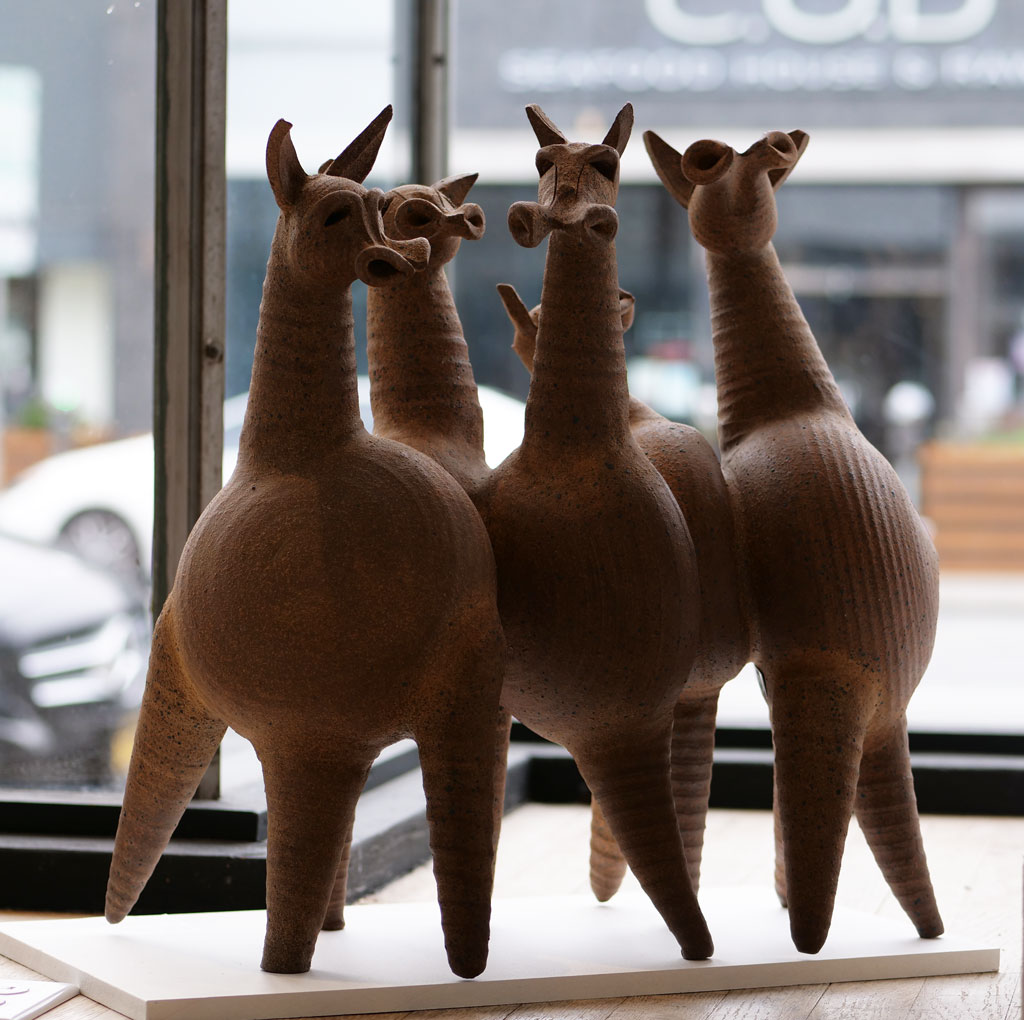
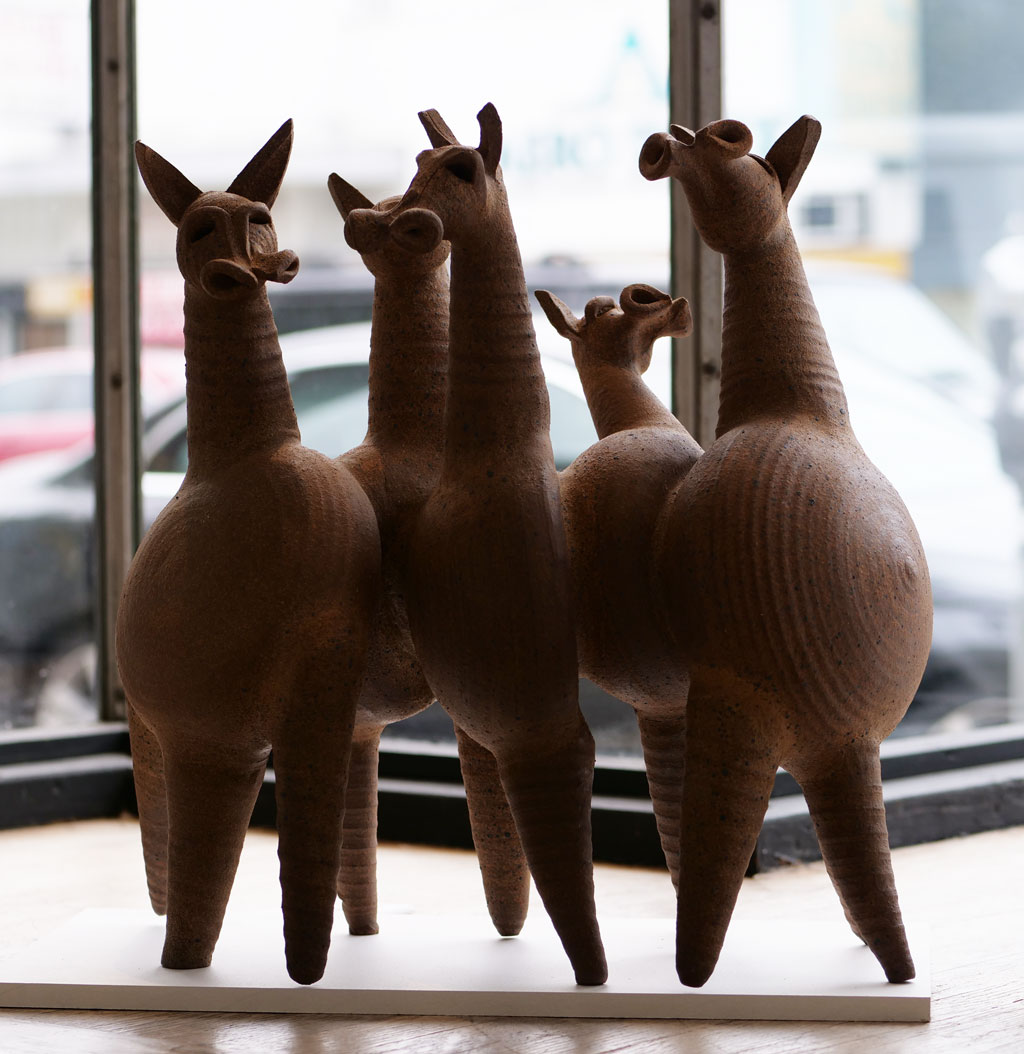
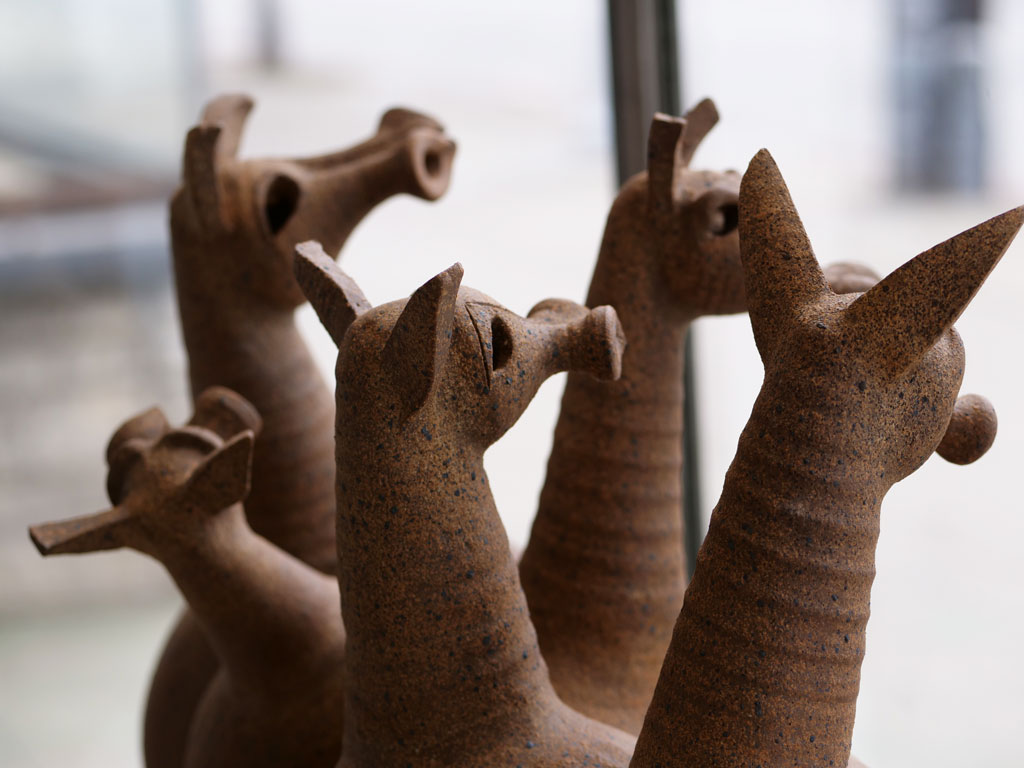
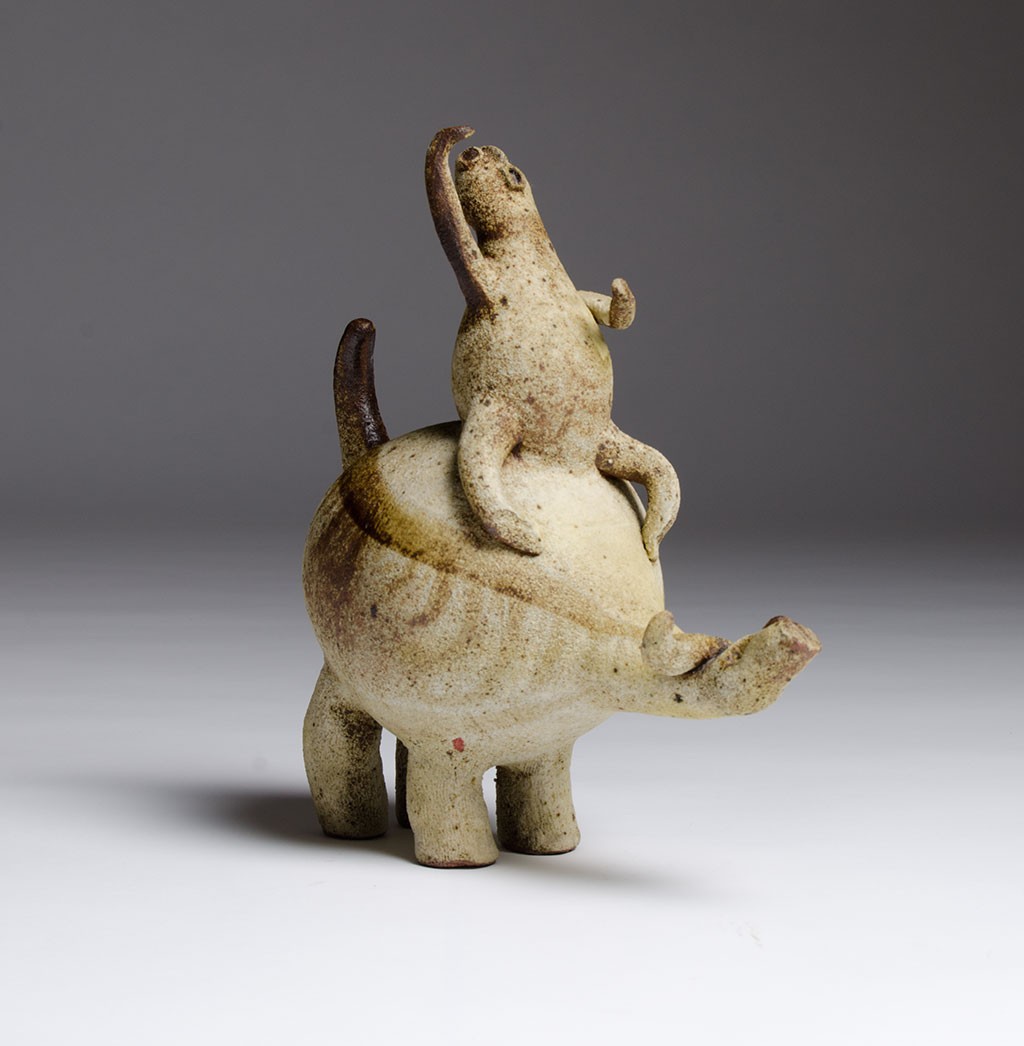

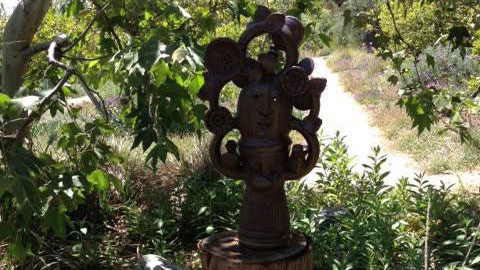
De Larios’ figurative sculptures reflected her understanding of world cultures and ancient art. She felt a particularly strong connection to the Pre-Columbian pottery of her Mexican heritage.






loading...